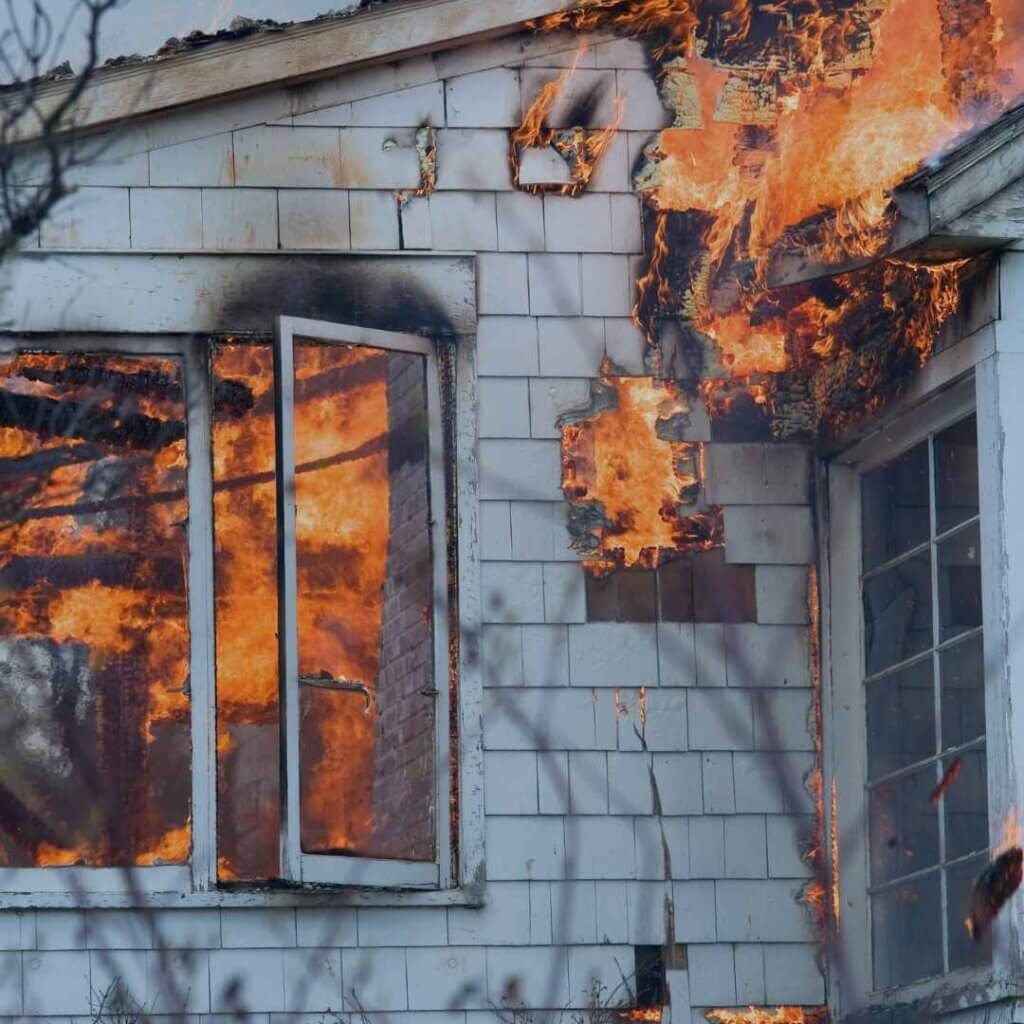Eco-Friendly Approaches During Fire Damage Restoration
Eco-Friendly Approaches During Fire Damage Restoration
When a fire strikes, it can cause devastating damage to both properties and the environment. However, by adopting sustainable solutions during the restoration process, we can minimise the environmental impact and promote a greener approach to rebuilding. In this article, we will explore various eco-friendly strategies, techniques, and technologies used in fire damage restoration, ensuring a harmonious balance between recovery and environmental consciousness.
Sustainable Solutions During Fire Damage Restoration
Fire damage restoration is a complex process that involves cleaning up, repairing, and rebuilding after a fire incident. By adopting eco-friendly approaches to restoration, we can reduce the ecological footprint and contribute to a sustainable future. Let’s explore some key sustainable solutions that can be implemented during fire damage restoration.
How can eco-friendly building materials contribute to sustainable fire damage restoration?
Using eco-friendly building materials is a fundamental aspect of sustainable fire damage restoration. These materials are typically made from renewable resources, have lower carbon footprints, and can be recycled or reused. Examples of such materials include:
- Recycled Steel: Steel made from recycled content significantly reduces the demand for virgin steel production, saving energy and reducing CO2 emissions.
- Bamboo Flooring: Bamboo is a rapidly renewable resource that grows quickly, making it an environmentally friendly alternative to hardwood flooring.
- Insulation made from Recycled Materials: Materials like cellulose insulation, made from recycled newspapers, or recycled denim insulation, provide effective thermal insulation while reducing waste.
Using eco-friendly building materials not only minimises the environmental impact but also promotes healthier indoor air quality, making it a win-win solution for fire damage restoration.
How can energy-efficient systems and appliances contribute to eco-friendly restoration?
Energy-efficient systems and appliances play a crucial role in sustainable fire damage restoration. By incorporating energy-efficient technologies, we can reduce energy consumption and lower greenhouse gas emissions. Here are some examples:
- LED Lighting: LED lights are highly energy-efficient and have a longer lifespan compared to traditional incandescent bulbs. Installing LED lights during the restoration process can significantly reduce electricity usage.
- High-efficiency HVAC Systems: Heating, ventilation, and air conditioning (HVAC) systems that meet energy-efficiency standards help conserve energy and reduce carbon emissions. Upgrading to energy-efficient HVAC systems during fire damage restoration is a smart choice.
- Solar Water Heating: Utilising solar water heating systems can provide hot water using renewable energy, reducing the dependence on fossil fuels and decreasing carbon emissions.
By embracing energy-efficient systems and appliances, we can make fire-damaged properties more sustainable and environmentally friendly after disaster.
How can recycling and proper disposal of fire-damaged materials contribute to sustainability?
Proper waste management is essential in fire damage restoration to ensure the responsible disposal of fire-damaged materials. Recycling and repurposing materials not only reduce landfill waste but also conserve resources. Here’s how recycling and proper disposal can contribute to sustainability:
- Salvaging Building Materials: Salvaging materials such as bricks, lumber, and fixtures can be reused in the restoration process, reducing the need for new materials, and saving resources.
- Recycling Electronic Waste: Fires often damage electronic devices and appliances. Recycling e-waste through certified recycling facilities prevents hazardous materials from polluting the environment and promotes the recovery of valuable resources.
- Hazardous Waste Disposal: Fire damage restoration may involve the disposal of hazardous materials like asbestos or lead-based paint. Following proper protocols and regulations for disposal ensures the protection of the environment and public health.
By prioritising recycling and responsible waste disposal, fire damage restoration can become a sustainable practice that supports a circular economy.
Eco-Friendly Approaches to Fire Damage Restoration: FAQs
What are the key benefits of adopting eco-friendly approaches to fire damage restoration?
Adopting eco-friendly approaches to fire damage restoration offers several benefits, including:
- Minimising environmental impact and reducing carbon emissions.
- Promoting the use of sustainable building materials and energy-efficient systems.
- Conserving resources through recycling and proper waste management.
- Improving indoor air quality and occupant health.
- Encouraging community engagement and raising environmental awareness.
Can sustainable fire damage restoration be cost-effective?
While implementing sustainable solutions may involve some initial investment, they can result in long-term cost savings. Energy-efficient systems reduce utility bills, and the use of recycled materials can be more affordable than purchasing new ones. Additionally, adopting sustainable practices can enhance the property’s value and attract environmentally conscious tenants or buyers.
How long does eco-friendly fire damage restoration take?
The duration of eco-friendly fire damage restoration depends on the extent of the damage, the size of the property, and the specific restoration techniques employed. While sustainable solutions may require additional planning and sourcing of eco-friendly materials, the overall timeline can be similar to traditional restoration processes.
Can eco-friendly fire damage restoration be applied to historical or heritage buildings?
Absolutely. Eco-friendly fire damage restoration can be tailored to meet the unique requirements of historical or heritage buildings. Special considerations may include preserving original architectural features, using compatible building materials, and adhering to local heritage conservation guidelines. Consulting experts in historic restoration can ensure a sensitive and sustainable approach.
How can individuals contribute to eco-friendly fire damage restoration?
Individuals can contribute to eco-friendly fire damage restoration by:
Raising awareness about sustainable practices among professionals and communities.
- Choosing environmentally friendly building materials and energy-efficient systems for personal properties.
- Supporting businesses and contractors that prioritise sustainability in their restoration projects.
- Advocating for government policies and incentives that promote eco-friendly approaches.
Eco-friendly approaches to fire damage restoration provide sustainable solutions that protect both properties and the environment. By implementing green building materials, energy-efficient systems, responsible waste management, and community engagement, we can rebuild in a way that supports a greener future. Let us work together to embrace these sustainable practices and make fire damage restoration an opportunity for positive environmental impact.
Why Choose AllAces?
At AllAces Cleaning & Restoration, we have access to industry-leading technologies and equipment, to provide efficient and permanent solutions every time. Our IICRC-certified technicians deliver a professional fire damage restoration service that will soon have your fire affected space safe and ready for reuse. With more than 35 years of industry experience, you can ensure your property is returned to a pre-loss condition as soon as possible.



